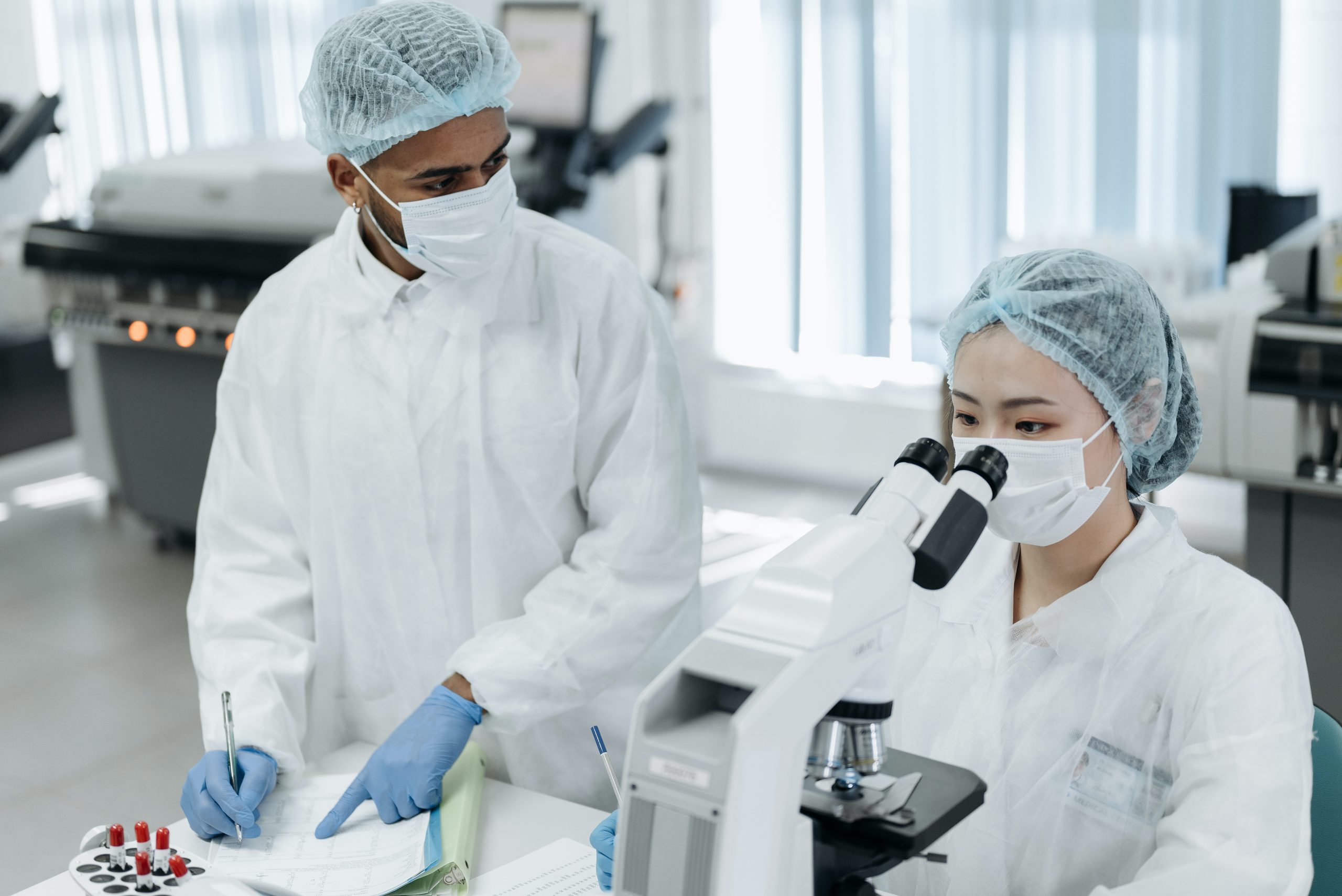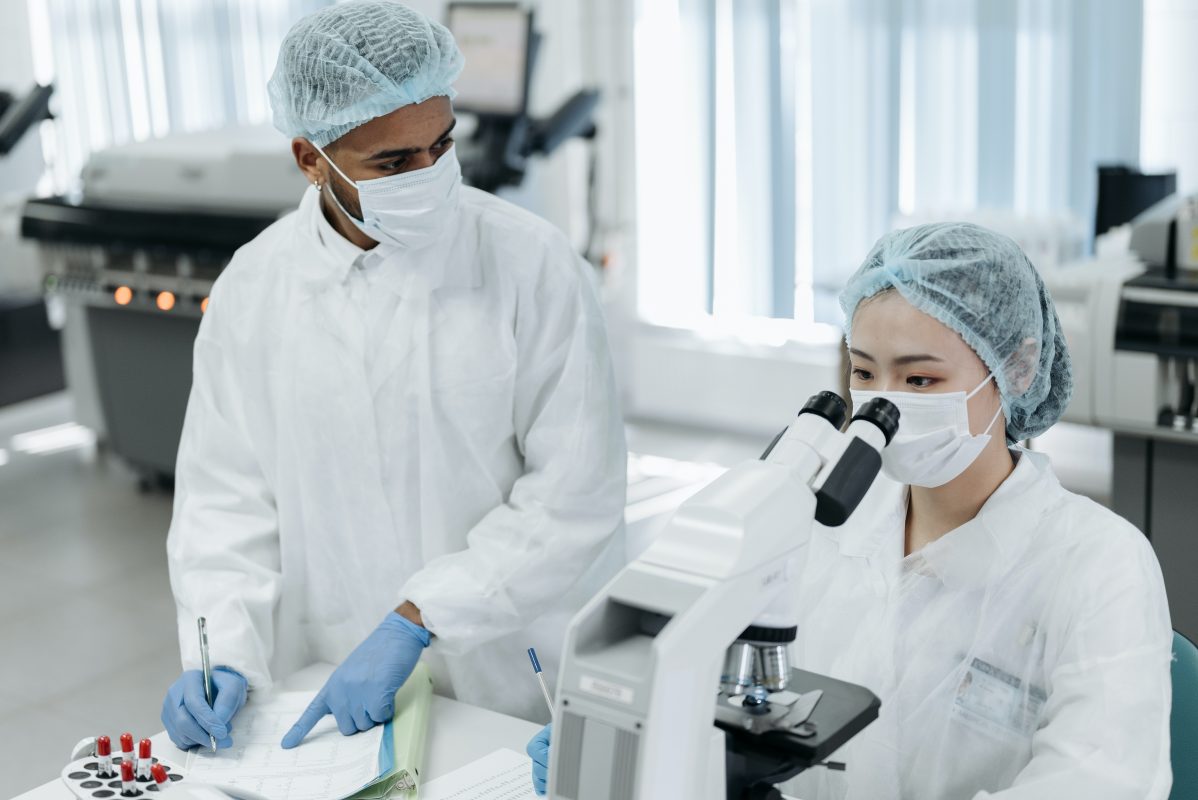cbd
CBD Lab Results Explained

If you are new to the world of CBD or are an experienced user looking to try new products, it is important to first understand the product you’re looking at is made according to high standards, is safe to use, and will deliver the results you are looking for. To help determine this, it is a very good idea to look at the CBD lab results that should be displayed on the packaging of the product you’re interested in. And you don’t even need to be a scientist to know what it all means.
When examining CBD lab results, it’s important to understand what exactly it all means. This will help you determine if the CBD product you are interested in is of the best quality and if it is safe for you to use. The lab results also tell you the exact type of ingredients that went into your CBD, so you will be able to determine if the manufacturer is offering an effective product or something that won’t provide any benefits (or perhaps some negative ones) as well. Below is a brief guide that explains CBD lab results, why they are important, and how to better understand them.
Why CBD lab results are important
There are three main reasons CBD lab results are important: manufacturer transparency, certification from an unbiased third-party report, and safety assurance to the consumer. Because extracting CBD is such a complex process, and because every cannabis company may vary from company to company, the end result can be much different. Factors for everything from soil quality, hemp flowers, extraction method, and more can all help determine the value of the end product the customer will end up with. The lab report basically tells customers that CBD is safe to consume.
How can we trust CBD lab reports?
If you really want to make the effort, call the lab that tested the product and let them know the Certificate ID shown on the CBD product’s Certificate of Analysis (COA). With that bit of info, they should be able to tell you if the lab report is authentic or not. Stay away from CBD products that have terms like “In-house Test” on the report. This means the manufacturer did its own test for the CBD which likely means an honest report was not done. Instead, look for lab reports that clearly indicate the CBD was tested by a third party.
A third-party lab test indicates the CBD was tested by an organization not attached to the manufacturer and therefore is most likely going to test the CBD in an unbiased and honest way. The information in the lab results should match the cannabinoid profile.
What’s a cannabinoid profile?
A cannabinoid profile analysis shows the type and volume of cannabinoids found in the CBD product. They are usually displayed as columns and rows on the packaging. Aside from CBD and THC, typical cannabinoids may include THCA, CBDA, CBGA, CBC, CBN, and THCV. Typically, volumes of each cannabinoid are listed in percentages, and non-detectable cannabinoids are listed as ND.
What is a Certificate of Analysis (COA)
A COA is essentially just a scientific report for a specific substance. After analyzing a substance’s chemical properties and determining its makeup, they report their findings in a COA. These certificates are very important, especially in the case of CBD products, because of the many ways CBD interacts with our bodies. COA’s are also very important because the CBD industry, although regulated tightly in some ways, is not tightly regulated in other ways, making it easy for some manufacturers to distribute sub-par, potentially harmful products that can harm consumers and the image of the CBD industry alike.
COAs may be displayed on the packaging itself or the information might be available via a QR code on the packaging. It’s important to make sure your CBD comes with a COA, and even better if you take the time to look at it.
W
Watch out for fake results
As mentioned above, the CBD industry is still a bit in its infancy. There are many companies rushing to fill empty markets with poor-quality products that would never earn a passing COA. For companies like this, it would be necessary to somehow acquire a fake COA or false lab results in order to assure distributors and consumers of their supposed quality. To acquire fake lab results, a company may offer to bribe a testing agency, create their own “third-party” agency, or simply create a fake lab result. However they choose to do it, there are ways to spot fake ones.
One of the easiest ways is to pay special attention to the fonts in the report. Are they different from each other? Are the lines of text aligned oddly? Pay attention to dates that are a year or elder and look for other signs of alteration. If any red flags arise, simply bring your concern to the dispensary staff for a second opinion. We certainly don’t recommend you buy and consume CBD that appears to have an illegitimate lab test.
Knowing precisely what is in the CBD products you are buying is extremely important because the ingredients in your CBD will ultimately determine how it affects your body and your health. Not paying close attention to lab results may result in injury (both long and short term), and perhaps even discourage you from trying CBD in the future.
When used responsibly and consistently, CBD is a fantastic aid in improving our health and wellness. But we must also be responsible for understanding where CBD comes from, what goes into its manufacture, and what separates quality CBD from poorly made CBD. Please contact us with questions you might have about understanding more about CBD lab results. Alternatively, don’t hesitate to talk with the staff at your local CBD dispensary about the products they offer. They should be ready to help you understand anything you want to know, or at the very least point you in the right direction.

